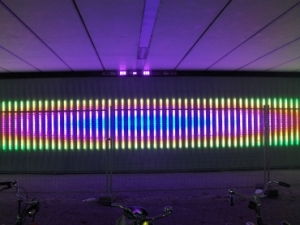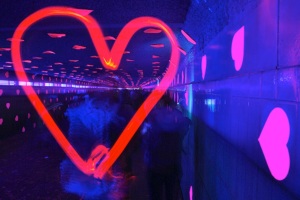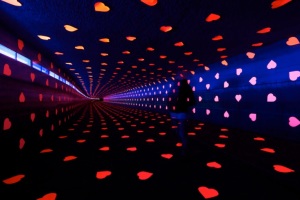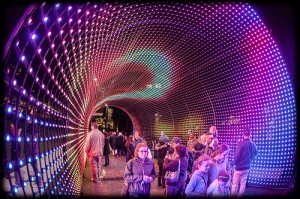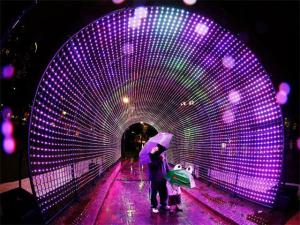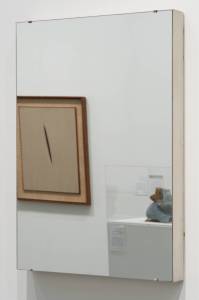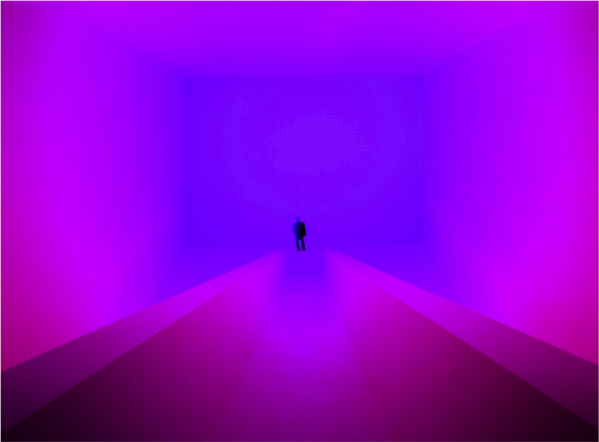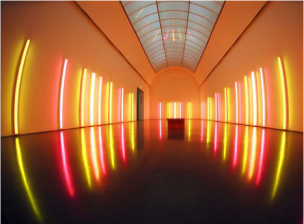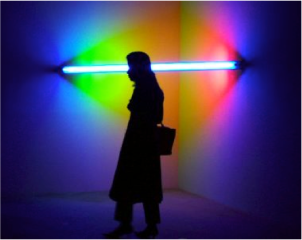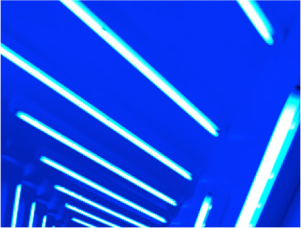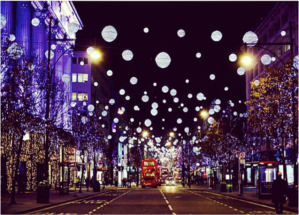Natural light is an important element of any location because it is believed to be effective in reducing stress, anxiety and discomfort (Edwards & Torcellini 2002). Most locations almost certainly experience natural day light and darkness at some point during the course of twenty four hours, and now many buildings are being designed to reflect day light in order to save more energy (Johnsen & Watkins 2010). Despite this, tunnels and subways are rare spaces that accommodate darkness for the majority of the day and are rarely affected by natural light. The location, shape and size of a tunnel very much determines how much natural light it will receive. Although I am unable to change the amount of natural light that populates a tunnel, I alternatively aim to enhance the way artificial light is presented with in such a space. Many people appear to shy away from using subways or underpasses in their transportation routes because of the amount of unpleasant darkness that surrounds the space. For that reason, illuminating a tunnel with a composition of responsive lighting will transform the experience of travelling through a tunnel. Filling the tunnels circular shape with bright lights will add greater dimension to the installation and create a more holistic experience as the lights can be fixed onto both sides of the tunnel walls as well as on tunnel ceiling.
Bournemouth holds a dense population estimated to hold 188,700 local residents (Bournemouth Council 2014), and is also home to a number of subways, tunnels and underpasses therefore, it is an ideal location to set up a light installation. In particular, the area of Lansdowne that is situated just outside of Bournemouth town populates a large number of people and a busy high road. The location consists of numerous corporate business agencies, along with smaller independent businesses, fast food cafés, restaurants, bars, a college, a university campus, student accommodation, a large superstore, a train station and much more. The location appears to be thriving with people, and the underpass that connects Lansdowne high road to Bournemouth train station, student accommodation, and a large superstore is a transport route for dozens of pedestrians. Despite the high number of people who regularly use the Lansdowne underpass as their main route for transportation, the surrounding setting still appears to be unkempt and thus uninviting. In addition to this, the area of Lansdowne has also experienced a number of illicit crimes. In 2012 a young male student was found murdered in a flat located not far from the subway and high street (BBC 2012). A year later, a woman around the age of 20 years old was sexually assaulted as she was walking home through the underpass. The severe crimes have undoubtedly influenced the communities conception of the area, and consequently people no longer feel safe travelling through the underpass during hours with little sun light. For this reason, installing a warm, inviting, aesthetically pleasing light installation within the underpass would make the underpass more inviting and hope to cast away many preconceptions of the location.
References:
BBC., 2012. Bournemouth Student Repeatedly Stabbed to Death at Flat. BBC News Dorset [online]. 19 July 2012. [Accessed 02/12/2015]
Bournemouth Council., 2014. Population Trends in Bournemouth [online]. Bournemouth. Research & Information, Corporate & Commercial.
Edwards, L and Torcellini, P., 2002. A Literature Review of the Effects of Natural Light on Building Occupants [online]. Colorado. Department of Energy.
Johnsen, K and Watkins, R., 2010. Daylight in Buildings [online]. Hertfordshire. AECOM.


